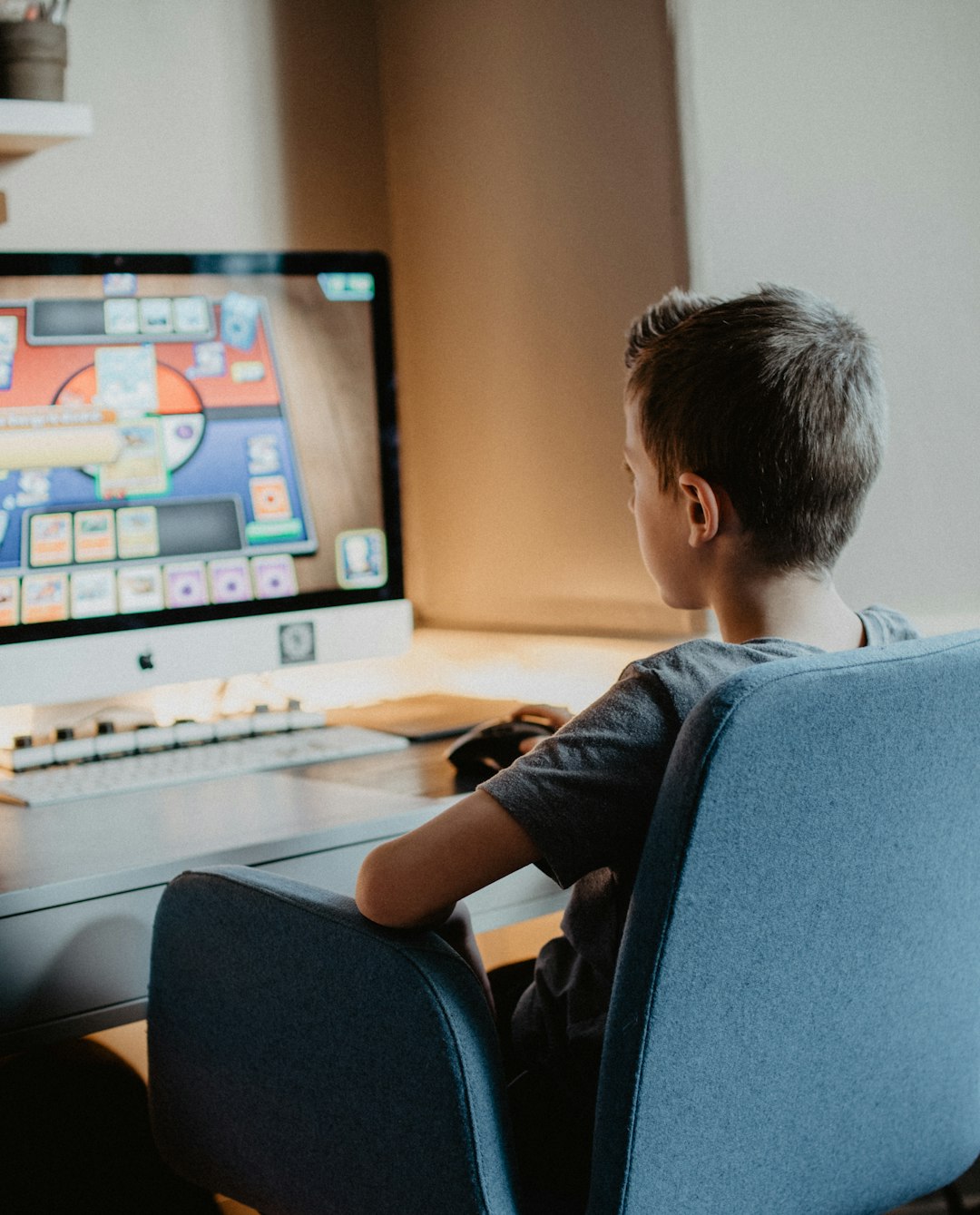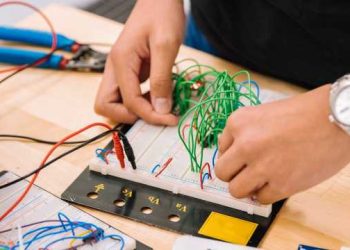The Power of Peer-to-Peer Learning in Online Courses
In recent years, online learning has become an increasingly popular option for individuals seeking to further their education or gain new skills. With the convenience and flexibility that online courses offer, it’s no wonder that millions of people worldwide now choose this mode of learning. However, one criticism of online education is the perceived lack of human interaction and engagement that traditional face-to-face learning provides. This is where peer-to-peer learning comes in.
Peer-to-peer learning is an educational approach that emphasizes collaborative learning among students. It facilitates the sharing of knowledge, skills, and experiences in a social and interactive environment. While this type of learning has been around for centuries, it has gained more prominence in online courses, thanks to the introduction of various communication tools and platforms.
One of the most significant advantages of peer-to-peer learning in online courses is the diversity of perspectives it brings. Unlike traditional classroom settings, where students are usually from the same geographic location or cultural background, online learning allows individuals from all over the world to come together. This diversity enriches the learning experience by providing different viewpoints and insights that may not have been considered otherwise.
Furthermore, peer-to-peer learning encourages active participation and engagement. In traditional classrooms, students often passively listen to lectures without actively processing the information. However, online courses that incorporate peer-to-peer learning require students to actively engage with the content and contribute to discussions and activities. This active involvement results in deeper learning and better retention of information.
In online courses, peer-to-peer learning also fosters the development of critical thinking and problem-solving skills. By engaging in meaningful discussions and collaborative projects, students learn how to analyze information, evaluate different perspectives, and work together to find solutions. This helps them become independent learners who can apply their knowledge in real-world situations.
Another powerful aspect of peer-to-peer learning in online courses is the sense of community it creates. Many online learners can feel isolated and disconnected without the physical presence of classmates or instructors. However, through online discussion forums, video conferencing, and virtual study groups, students can connect with their peers, forming a supportive network that enhances the learning experience. This community provides opportunities for networking, peer feedback, and emotional support, making the online learning journey less lonely and more enjoyable.
Moreover, peer-to-peer learning empowers students to become both teachers and learners. With each person bringing their unique knowledge and expertise to the virtual classroom, students can take turns sharing their insights and teaching others. This not only helps reinforce their understanding of the subject matter but also boosts their confidence and leadership skills. By teaching others, students gain a deeper understanding of the concepts and can refine their communication and presentation abilities.
In order to harness the power of peer-to-peer learning in online courses, instructors play a crucial role in designing and facilitating collaborative activities. They need to create opportunities for interaction and guide students in their discussions, ensuring that the conversations stay focused and productive. Additionally, instructors should provide clear expectations and guidelines to help students effectively engage in peer-to-peer learning activities.
However, it is important to note that peer-to-peer learning is not without its challenges. Without proper structure and guidance, discussions may become superficial or unproductive. Some students may dominate the conversation, while others may shy away from participating. The digital divide, language barriers, and time zone differences can also pose challenges in facilitating effective peer-to-peer learning. Therefore, instructors need to take these factors into consideration and implement strategies to overcome these obstacles.
In conclusion, peer-to-peer learning has the power to transform the online learning experience. Through diversity of perspectives, active engagement, critical thinking, community building, and the sharing of knowledge, students can benefit greatly from collaborating with their peers. Instructors must embrace and facilitate peer-to-peer learning activities by providing the necessary structure and guidance. By harnessing this power, online courses can become more interactive, engaging, and effective, ultimately leading to enhanced learning outcomes.













